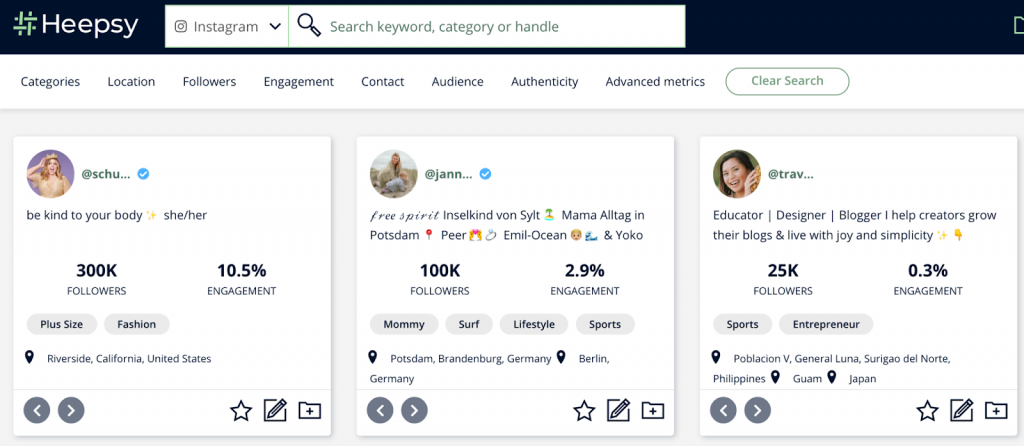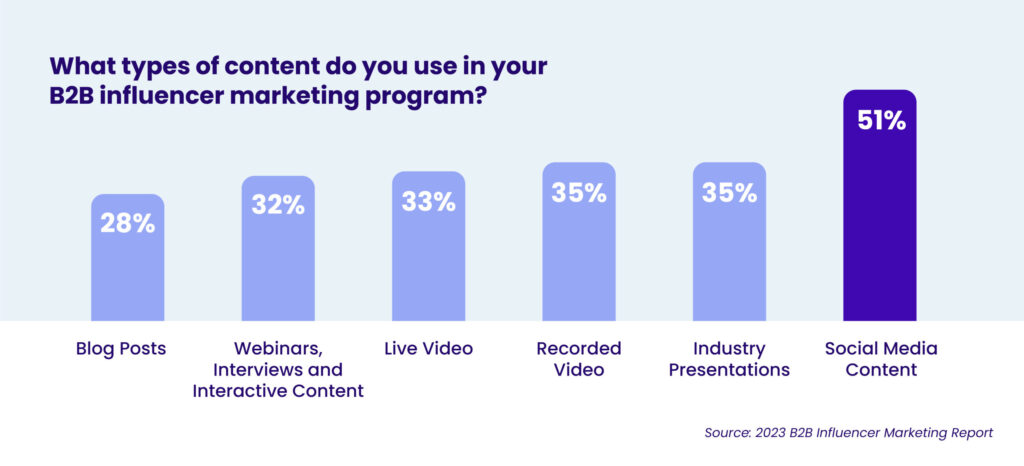How to Measure B2B Influencer Marketing ROI
By Joshua Nite
Are you feeling the pressure to prove your marketing team’s ROI? If so, you’re in good company.
In our 2023 B2B Influencer Marketing Report, 93% of the marketers we surveyed said they’re being pushed to prove their ROI. Of them, nearly a quarter reported a “significant increase” in pressure.
The good news is that we marketers have more tools than ever to measure our success.
The bad news is that 50% of our respondents aren’t doing it.
Let’s dig into how you can track and demonstrate the true value of your B2B influencer marketing.
How to prove B2B influencer marketing ROI
The right place to plan your measurement strategy is at the beginning of an influencer campaign, not the end. Here’s how you can build a solid structure for measurement and measure top, middle and bottom of funnel objectives.
Build measurement into your strategy
Marketers have plenty of tools to measure an influencer’s effectiveness. What you measure depends on what type of campaign you’re running.
Tailor measurement to the campaign
For social-first campaigns, you’ll want to measure engagements on the influencer content. That means likes, shares and comments. This process is (unfortunately) manual on LinkedIn, where most B2B social first campaigns will reside. But it’s still possible to keep track of influencer posts and tally up their engagements.
For campaigns driving to an asset on your site, there are two strategies to try:
- Create tracking URLs for each influencer. That way you can easily see who is driving the most traffic.
- Create unique landing pages for each influencer. This is a little more labor-intensive, but gives you a chance to customize the landing page for each influencer’s target audience.
Set benchmarks
In order to show the effectiveness of an influencer campaign, you need to compare it with your non-influencer efforts. Make sure to include benchmarks on reach, engagement, and conversion in your strategy.
Make it official
Whatever KPIs you choose, it’s important that your influencers know exactly what they’ll be evaluated on.
In the old days of informal influencer marketing, it might be enough to state expectations verbally or in an email. As the practice becomes more strategic, and as influencers expect financial compensation, measurement needs to be more formal. Agree on KPIs and benchmarks and make them part of each influencer’s contract.
Top of funnel metrics
To measure how influencers are driving awareness and brand interaction, use these metrics:
Potential Reach
This is a rough estimate of how many people your influencers can get your message in front of. It’s not a guaranteed indicator of your actual audience—that depends on the whims of social media algorithms. But it’s a good starting place to show the extent of your influencers’ networks.
Engagement
Tracking how many likes, shares and comments each influencer earns can both prove …read more
Source:: Top Rank Blog







